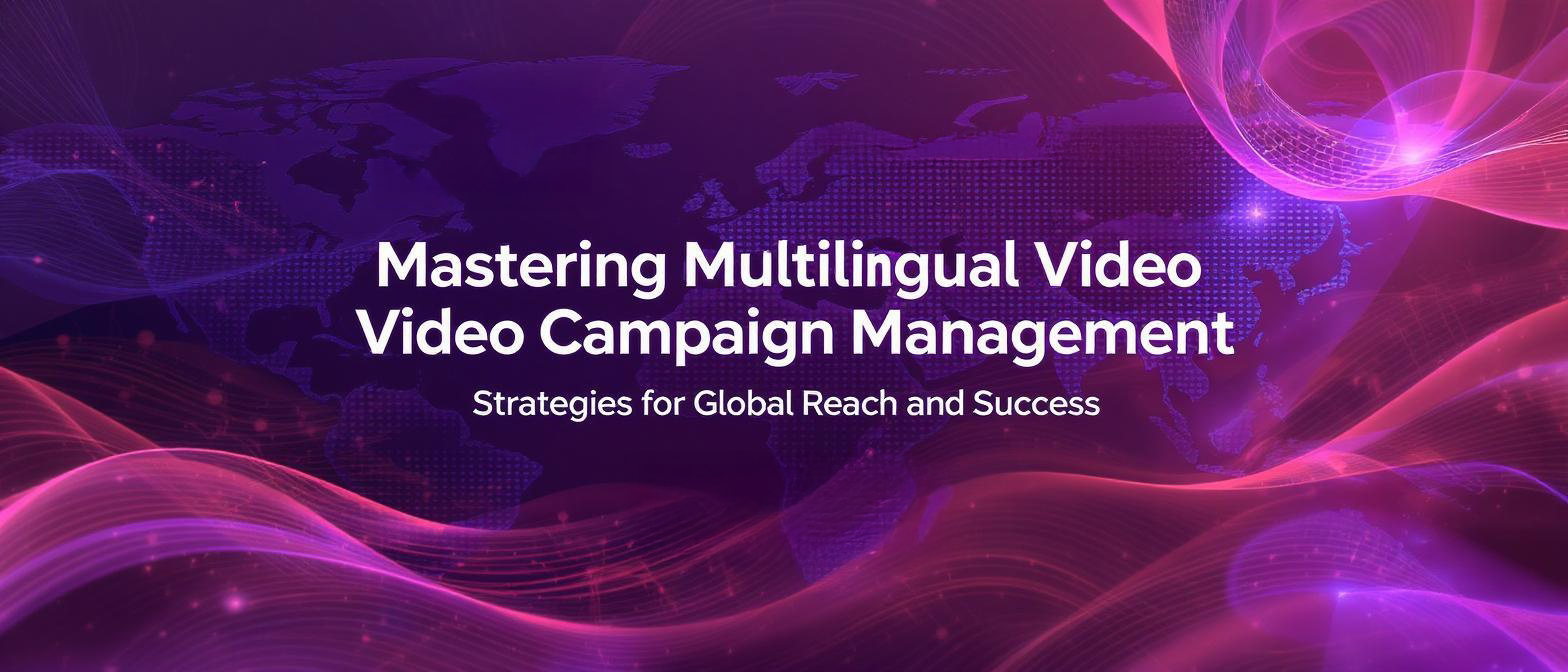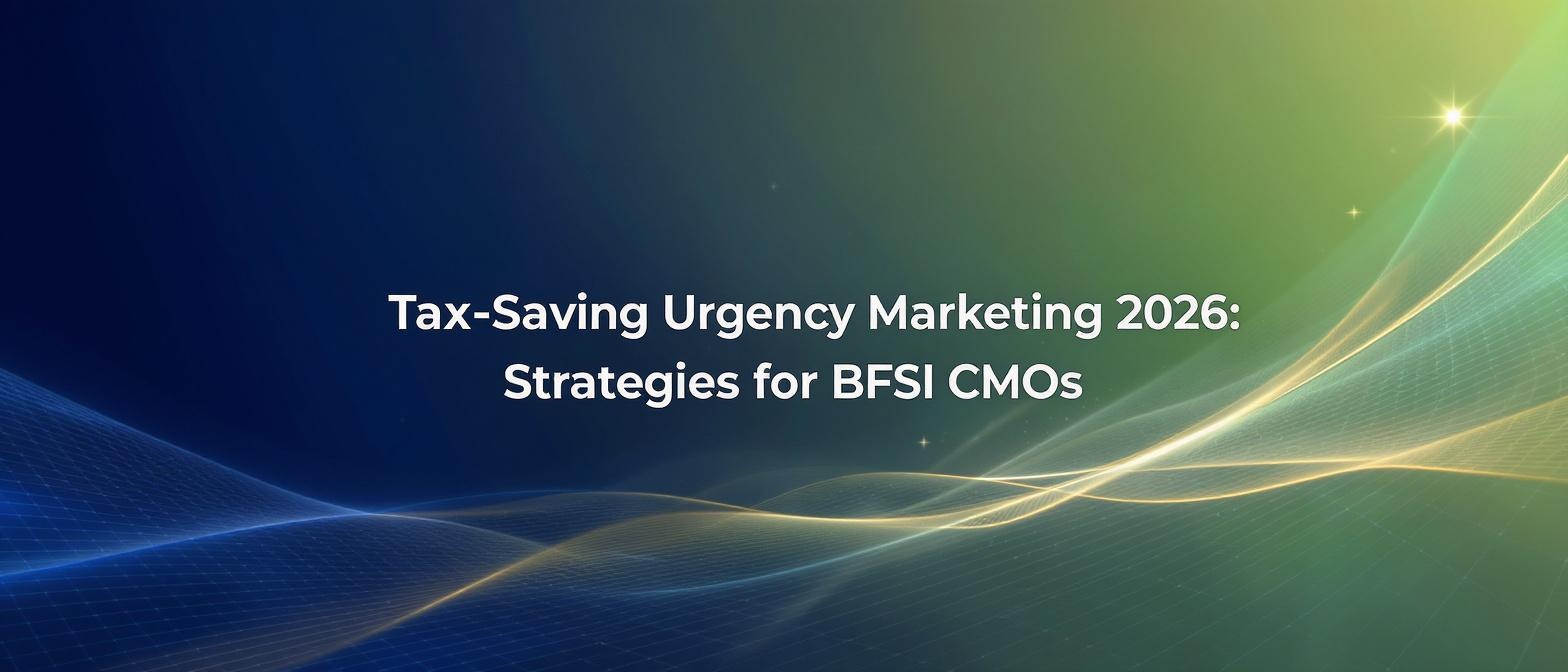Mastering Multilingual Video Campaign Management: A Strategic Blueprint for Global Success
Estimated reading time: 10 minutes
Key Takeaways
- Multilingual video campaign management is essential for global enterprises to ensure cultural and linguistic resonance across diverse markets.
- A comprehensive global video localization strategy involves more than translation; it requires thoughtful script writing, visual planning, and cultural adaptation.
- An efficient enterprise video translation workflow balances speed, quality, and scalability using a combination of automation and human expertise.
- Managing multilingual video content effectively demands centralized asset management and rigorous version control to maintain consistency across languages and markets.
- Cross-cultural video personalization leverages data and AI-driven tools to deliver individualized messages that respect cultural contexts, enhancing audience engagement.
Table of Contents
- Mastering Multilingual Video Campaign Management: A Strategic Blueprint for Global Success
- Key Takeaways
- Building a Global Video Localization Strategy
- Enterprise Video Translation Workflow
- Managing Multilingual Video Content
- Cross-Cultural Video Personalization
- Evaluating International Video Campaign Platforms
- Frequently Asked Questions
In today's interconnected digital landscape, multilingual video campaign management has emerged as a critical competency for enterprises seeking to expand their global footprint. This strategic discipline encompasses far more than simple translation—it represents the sophisticated adaptation of video assets to ensure brand messaging resonates culturally and linguistically across diverse markets worldwide.
Modern multilingual video campaign management involves the systematic orchestration of video content that speaks directly to local audiences while maintaining brand consistency. The strategic value is undeniable: enterprises that master this approach achieve enhanced audience engagement, improved brand loyalty, and dramatically expanded market reach. The operational benefits are equally compelling, offering streamlined workflows and measurable ROI improvements across international markets.
Managing multilingual video content effectively requires a comprehensive understanding of both technological capabilities and cultural nuances. Cross-cultural video personalization becomes the bridge between global brand strategies and local market expectations, enabling companies to scale their messaging while preserving authenticity and relevance.
Building a Global Video Localization Strategy
A robust global video localization strategy forms the foundation of successful international video campaigns. This strategic framework transcends literal translation, encompassing the comprehensive planning and execution of multilingual adaptation from initial script conception through final distribution across target markets.
The cornerstone of effective localization begins with script-writing for ease of translation. Smart enterprises design their video content using concise, universal language that minimizes adaptation difficulties later in the production cycle. This approach reduces rework, accelerates time-to-market, and ensures consistent messaging across all language variants.
Visual planning represents another critical component of successful global video localization strategy. Forward-thinking brands design their on-screen elements—including title cards, graphics, and subtitle layouts—with inherent flexibility to accommodate text length variations across different languages. This proactive approach prevents costly redesigns and maintains visual consistency across markets.
Cultural adaptation elevates basic translation into meaningful localization. Effective international video campaign platforms enable brands to vet symbols, references, musical choices, and tonal elements for local relevance and appropriateness. This cultural sensitivity ensures that messaging not only translates linguistically but resonates emotionally with target audiences.
The ROI focus cannot be overstated: comprehensive localization directly increases campaign returns by ensuring messages connect authentically with local markets. When video content feels native to each market, engagement rates soar, conversion improvements follow, and cross-cultural video personalization delivers measurable business impact.
Source: https://www.contentbeta.com/blog/manage-multilingual-video/
Enterprise Video Translation Workflow
Modern enterprise video translation workflow demands systematic processes that balance speed, quality, and scalability across multiple markets simultaneously. Leading organizations implement structured approaches that leverage both technological automation and human expertise to achieve optimal results.
Step 1: Source Content Audit
Every successful workflow begins with comprehensive source content evaluation. Teams must confirm that scripts, visuals, and audio elements are "global-ready" before initiating translation processes. This audit identifies potential localization challenges early, preventing costly revisions downstream.
Step 2: Automation Integration
Progressive enterprises harness AI-powered tools to accelerate multilingual production while reducing overall costs. Automation streamlines multi-language production through AI-based translation editors, digital avatar technology, and advanced lip-sync reanimation systems. These technological solutions enable rapid scaling without compromising quality standards.
Step 3: Consistency Enforcement
Professional multilingual video campaign management relies heavily on translation memory systems, comprehensive glossaries, and detailed style guides. These resources ensure linguistic consistency across all markets and maintain brand voice integrity throughout the localization process.
Step 4: Human Review and Quality Assurance
Despite technological advances, human oversight remains essential for context-awareness and cultural nuance validation. Experienced reviewers ensure that automated translations capture subtle meanings and cultural appropriateness that AI systems might miss.
Step 5: Streamlined Deployment
Modern workflows conclude with efficient deployment mechanisms using APIs and Digital Asset Management (DAM) system integrations. These tools enable rapid distribution across multiple markets while maintaining version control and tracking capabilities for performance analysis.
Source: https://creatify.ai/blog/reaching-global-audiences-with-multilingual-video-content
Managing Multilingual Video Content
Effective management of multilingual video content requires sophisticated organizational systems that support collaboration while maintaining strict quality and consistency standards across all language versions and market adaptations.
Centralized asset management represents the operational backbone of successful multilingual campaigns. Leading enterprises implement Digital Asset Management systems with comprehensive tagging structures organized by language, market, and content type. This centralization ensures that teams can quickly locate, access, and deploy appropriate content versions without confusion or versioning errors.
Version control becomes critically important when managing multiple language variants simultaneously. Robust systems track updates to scripts, subtitles, graphics, and localized elements, ensuring that all stakeholders work with the most current approved versions. This systematic approach prevents the deployment of outdated or inconsistent messaging across markets.
Regular content audits form an essential component of ongoing multilingual video content management. These periodic reviews refresh language accuracy, verify compliance with evolving regional regulations, and identify opportunities for content optimization based on market performance data.
Collaboration facilitation through shared review portals enables seamless coordination between global brand teams and local market specialists. These platforms streamline feedback collection, approval processes, and revision management, accelerating campaign deployment while maintaining quality standards.
Effective international video campaign platforms integrate these management capabilities into unified workflows that support both creative collaboration and operational efficiency at global scale.
Source: https://www.contentbeta.com/blog/manage-multilingual-video/
Cross-Cultural Video Personalization
Sophisticated cross-cultural video personalization enables brands to deliver individually relevant messages that respect cultural contexts while maintaining scalable operational efficiency across diverse global markets.
Audience Segmentation and Data Integration
Advanced personalization begins with comprehensive audience segmentation leveraging Customer Relationship Management (CRM) systems and analytics platforms. These tools define target clusters based on language preferences, regional characteristics, demographic profiles, and behavioral patterns. Data-driven insights enable precise content tailoring for different market responses and cultural expectations.
Cultural Sensitivity Implementation
Effective personalization adapts more than just language—it modifies calls-to-action, idiomatic expressions, and visual cues according to local cultural norms and expectations. This cultural awareness ensures that even highly personalized content feels native and appropriate to each target audience.
AI-Driven Dynamic Personalization
Leading enterprise video translation workflow solutions incorporate artificial intelligence to dynamically insert names, locations, purchase history, and contextual triggers into video content through API integrations. This technological capability enables one-to-one personalization at massive scale, creating unique viewing experiences for each individual recipient.
Modern global video localization strategy leverages these personalization capabilities to create campaigns where celebrities or brand ambassadors can address millions of customers individually, referencing their specific contexts, preferences, and local characteristics—all while maintaining perfect lip-sync and natural voice tones across 175+ languages.
Sources: https://creatify.ai/blog/reaching-global-audiences-with-multilingual-video-content, https://bigvu.tv/blog/global-appeal-expert-strategies-for-multilingual-video-marketing
Evaluating International Video Campaign Platforms
When selecting an international video campaign platform, enterprises must assess capabilities across multiple technical and operational dimensions to ensure their chosen solution supports both current requirements and future scaling needs.
Core Technical Capabilities
Multilingual Support Infrastructure
Leading platforms provide comprehensive multilingual capabilities including AI-powered translation engines, advanced voice cloning technology, and sophisticated lip-sync systems. The most advanced solutions support 175+ languages with perfect voice retention and natural lip movement synchronization.
Dynamic Content Creation Systems
Modern international video campaign platforms offer real-time API-driven content generation, enabling automated personalization at massive scale. These systems can render millions of unique video variants in minimal time frames—some platforms achieve sub-30-second generation times for individual videos.
Scalability and Infrastructure
Enterprise-grade solutions operate on cloud-agnostic GPU rendering farms that handle massive concurrent processing loads. This infrastructure ensures consistent performance during peak campaign periods while maintaining quality standards across all output.
Analytics and Performance Monitoring
Comprehensive Dashboard Systems
Sophisticated platforms provide detailed analytics covering view rates, engagement metrics, conversion tracking, and audience response analysis. These dashboards enable real-time campaign optimization and demonstrate clear ROI attribution across different markets and personalization strategies.
Compliance and Security Standards
Enterprise platforms must maintain rigorous security certifications including ISO 27001 and SOC 2 compliance. Built-in content moderation systems prevent inappropriate or potentially harmful content generation while protecting celebrity likenesses and brand reputation.
Leading Platform Capabilities Comparison
When evaluating solutions, TrueFan's enterprise platform distinguishes itself through several key advantages: API-driven hyper-personalization at unprecedented scale, supporting over 100 celebrity partnerships with full consent and legal clearance, multilingual capabilities across 175+ languages, and proven track record delivering over 1.5 million personalized videos to date.
The platform's virtual reshoot and AI editing capabilities enable content modifications without requiring new celebrity filming—a significant operational and cost advantage for manage multilingual video content.
Source: https://www.contentbeta.com/blog/manage-multilingual-video/
Frequently Asked Questions
What is multilingual video campaign management?
Multilingual video campaign management is the process of adapting and orchestrating video content to ensure that brand messaging resonates culturally and linguistically across diverse global markets. It involves more than just translation; it includes cultural adaptation, localization strategies, and personalized content to enhance audience engagement worldwide.
Why is a global video localization strategy important?
A global video localization strategy is crucial because it enables enterprises to connect authentically with local audiences. By tailoring content to meet linguistic and cultural expectations, brands can improve engagement, foster loyalty, and drive conversions in international markets, leading to better ROI on global campaigns.
How can AI enhance cross-cultural video personalization?
AI enhances cross-cultural video personalization by enabling dynamic content creation at scale. Through AI-driven tools like translation editors, voice cloning, and lip-sync technologies, brands can personalize videos for individual viewers while maintaining authenticity and cultural relevance, leading to increased engagement and effectiveness of marketing campaigns.
Note: This article is based on sources such as Content Beta and TrueFan Blogs.





